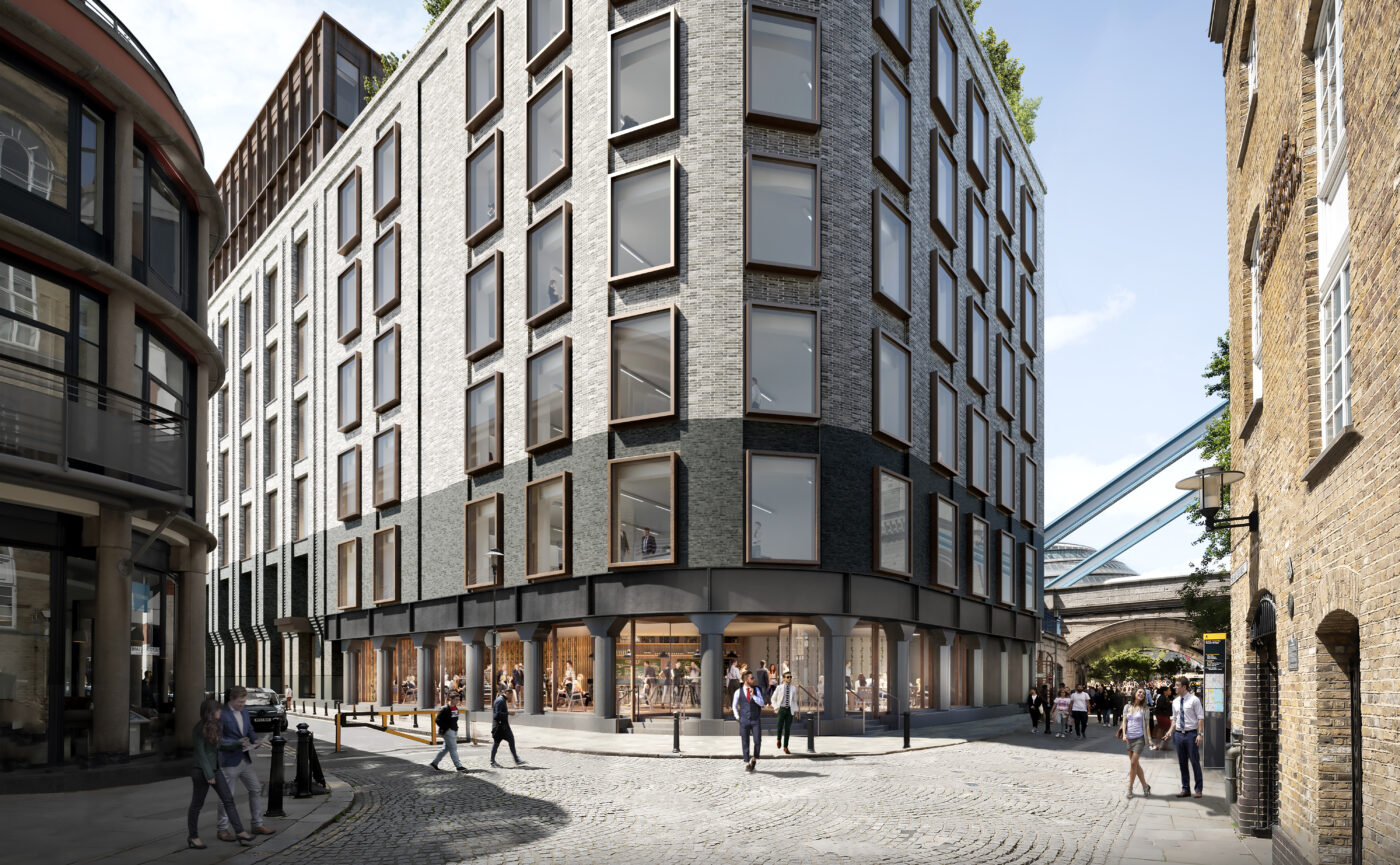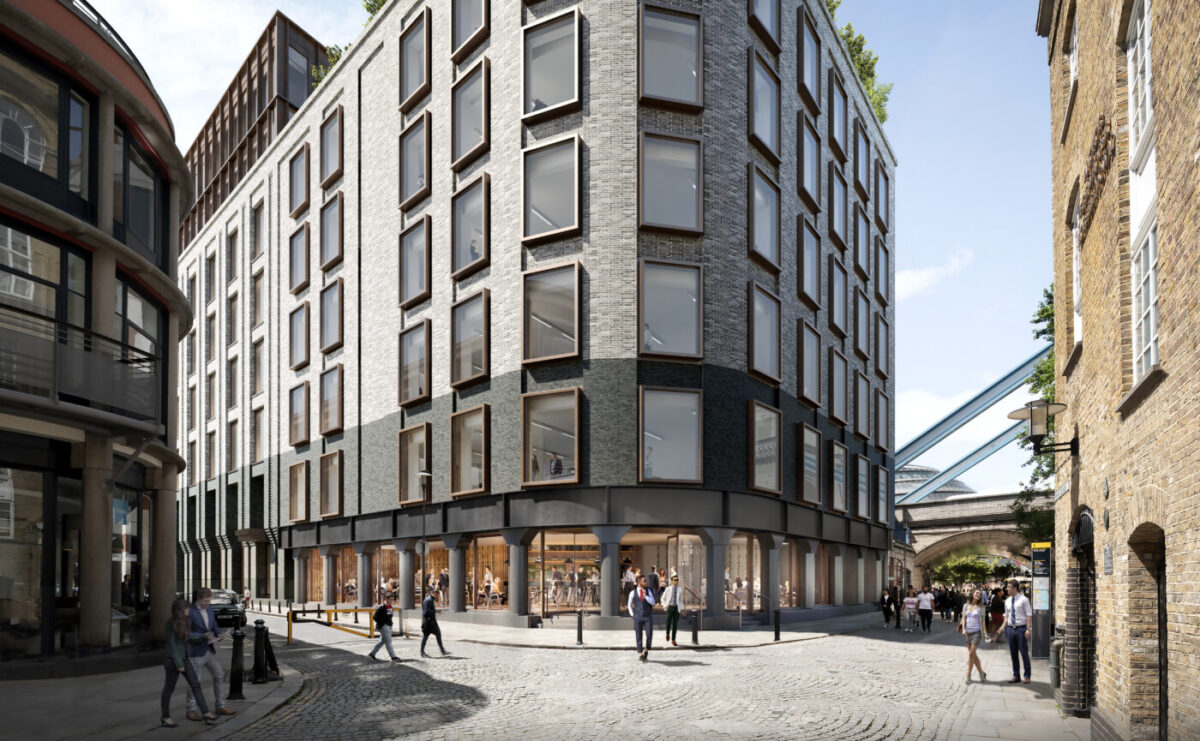Willmott Dixon has transformed an out-of-date 1990s office building next to Tower Bridge into one of the UK’s most sustainable offices. Reflecting FORE’s commitment to retrofit rather than rebuild, the existing building was stripped back and renewed. Two floors have been added, with a third additional floor to create a terrace and club room. The ground floor will incorporate a flexible, 3,000sqft multi-use community space.
TBC.London is one of London’s first net zero carbon workspaces, achieving the highest levels of building performance in operation and eliminating carbon from its construction by using reclaimed steel. The building’s energy performance is forecast to shift from EPC D to A rating and is on course to achieve BREEAM Outstanding certification, placing TBC.London among the top 2% of BREEAM certified buildings in the world.
Key features:
• Complex site: adjacent to Tower Bridge and Grade II listed building meant that logistics were challenging, and careful monitoring was required to prevent structural damage.
• Adaptive reuse: the project involved retaining and repurposing the existing concrete frame of a 1980s office building, rather than complete demolition. This approach prioritised sustainability and embodied carbon reduction.
• Logistical hurdles: unexpected changes in delivery restrictions from the City of London forced a complete overhaul of the logistics plan mid-construction. Dealing with two different councils (City of London and Southwark) added complexity.
• Client-driven changes: design changes, including relocating the transformer room, had significant impacts on the basement layout.
• Recycled steel: using recycled steel from a demolition site introduced logistical and testing challenges.
Three Winning Facts:
- TBC.London is the first UK construction project to reuse steel from a pre-1940s building, using 16 tonnes of reclaimed steel from the House of Fraser demolition site. This innovative “urban mining” approach resulted in a 48-tonne reduction in embodied carbon, setting a precedent for future sustainable construction.
- By incorporating 100% electric heating and cooling systems, using reclaimed materials, and producing renewable energy through on-site solar panels, TBC.London has become one of London’s first net zero carbon workspaces. It achieved a 71% lower CO2 emission rate than typical offices.
- Overcoming the challenges of a complex, constrained site, Willmott Dixon adapted to unexpected delivery restrictions and an 18-tonne weight limit on Tower Bridge. Through real-time logistics planning, just-in-time deliveries, and collaborative coordination with two councils, the team ensured the project remained on track. This agile approach demonstrated exceptional problem-solving and supply chain management.


